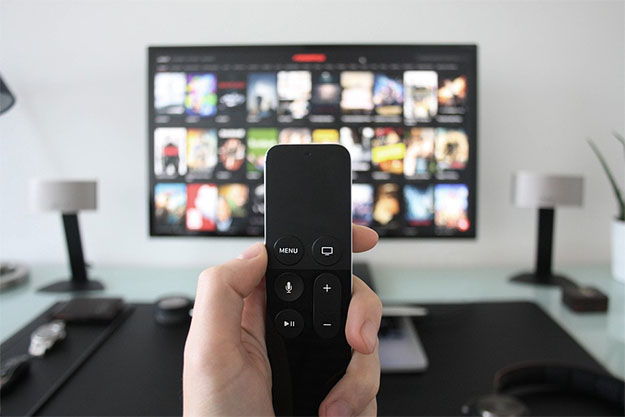Americans Reject Skyrocketing Cost Of Cable TV As Cord-Cutting Goes Mainstream

Cable and satellite TV providers are losing customers, and it's not because any of the services are lacking in content. That is not the issue. Instead, an increasing number of customers are 'cutting the cord' and going with one or more streaming services. The primary reason for going that route is because streaming solutions are generally cheaper.
This has been a threat to cable and satellite TV providers for a long time now. However, as services like Netflix, Hulu, Amazon Prime Video, and others add more content and options, the threat of losing customers to the cord-cutting movement gets bigger. The same holds true for broadband extending its reach into more areas, with faster speeds.
What's clear from a new poll by The Hollywood Reporter is that saving money is at the root of the movement. Out of just over 2,200 adults surveyed, more than half said cable television is either not too affordable or not affordable at all. Only 10 percent said they viewed cable television as very affordable, and 27 percent said it was somewhat affordable.
Similar opinions were shared about satellite TV services, like DirecTV and Dish. Only 9 percent of respondents deemed satellite TV very affordable, versus 47 percent who said they felt it is either not too affordable or not affordable at all.
There is a noticeable shift in perception when it comes to streaming services. Nearly a third of respondents indicated that streaming services are very affordable, and that jumps to more than two-thirds if wedging the 'somewhat affordable' category into the mix. Only 17 percent said streaming services are either not too affordable or not affordable at all.
This is what cable and satellite TV providers are up against. In the most recent quarter, Comcast lost around 106,000 cable TV subscribers, while DirecTV saw 346,000 subscribers cancel their service. Charter Communications waved goodbye to 66,000 subscribers. That's more than half a million paid TV subscribers between the three. Meanwhile, Netflix boasts 137 million subscribers around the globe, having added more than 6 million subscribers in the third quarter of this year, up from 5 million net additions in the same quarter a year ago.
"Our broad slate of original programming helped drive a solid quarter of growth with streaming revenue
increasing 36 percent year-over-year and global membership surpassing 130 million paid and 137 million total.
We’re thrilled to be growing internet entertainment across the globe," Netflix said.
Hulu's data is a little tougher to come by, though the company did announce back in May that it had breached 20 million subscribers in the United States, up from 17 million in January. The streaming service now has a Live TV option, and subscribers can pay extra to skip commercials.
It's not clear how cable and satellite TV providers will respond to the cable cutting movement. The only thing that is clear is that they need to do something, or else they risk losing hundreds of thousands of more subscribers to streaming services.

